Capacitor is a widely used electronic component. It stores electric charge and then discharges it into the circuit. It blocks the direct current and allows the alternating current to pass through it. Depending on the purpose, there are a variety of capacitors being used like ceramic, electrolytic, mylar, mica, etc. We will explore an electrolytic capacitor through this article.
Structure of a Capacitor: A capacitor contains two conductor plates which are generally made of metal and an insulator between them. This insulator also known as dielectric is made up of material like paper, plastic, ceramic or glass. The two plates are electrically connected to the external circuit with the help of two thin metal rods also known as the legs of the capacitor.
These two plates are used to store charge between them. One is connected with positive voltage and other one with negative voltage. A capacitor is characterized by the parameter capacitance. Capacitance is measured as ratio of difference of charges between the plates and total voltage drop between the plates.
C = dQ/dV
The unit of capacitance is FARAD.
Let’s have a closer look into the structure and how a capacitor is able to store charge
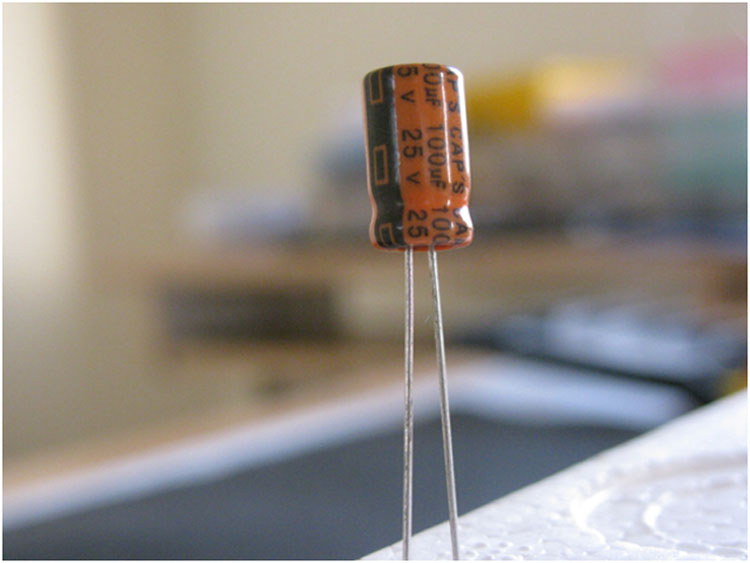
Fig. 1: Commonly used Simple Electrolytic Capacitor
The above image shows a simple electrolytic capacitor with two thin rods coming out from the cylindrical container. The capacitor is wrapped up using a plastic covering. This covering is done to label the capacitor.
Metal Container
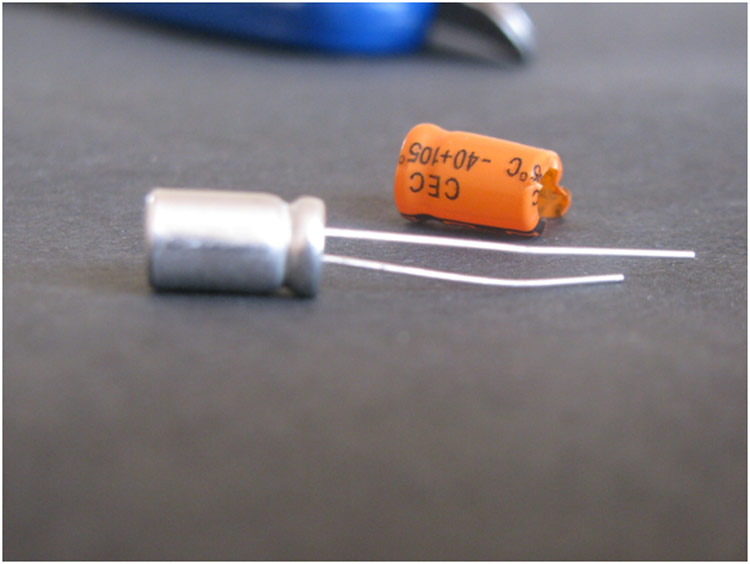
Fig. 2: Outer Casing of Electrolytic Capacitor with Labeled Plastic Covering
On removing the label, you can see a metal container adjoined with a rubber stand to hold the entire setup.
Internal Structure
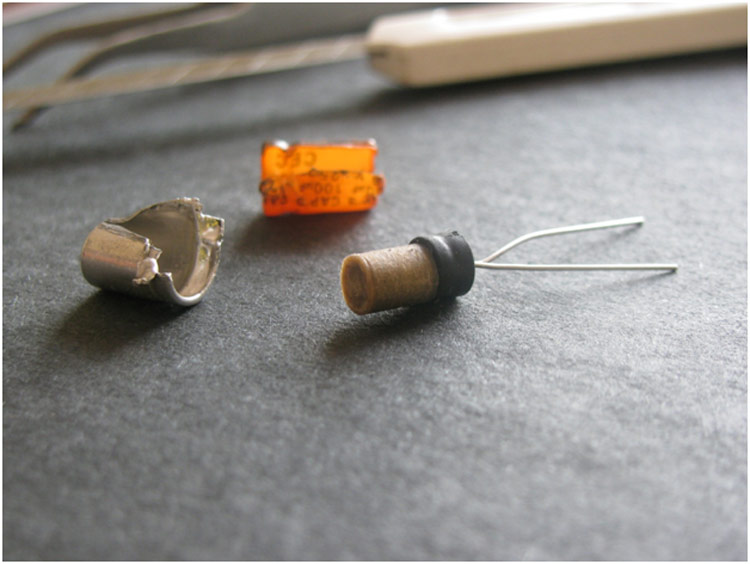
Fig. 3: Internal Structure of Metal Container in Electrolytics Capacitor
Inside the metal case is a folded layer of dielectric in between metal plates. Next images give a clear perception of the internal structure of the capacitor.
Dielectric
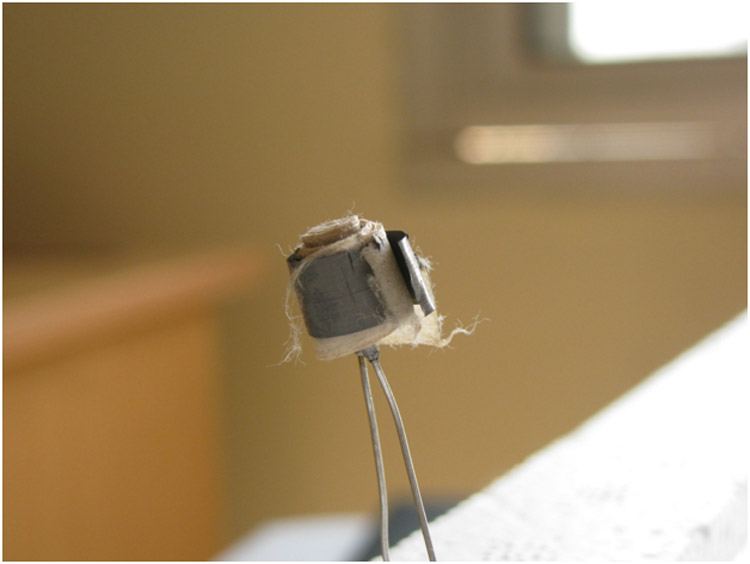
Fig. 4: Closer View of Dielectric Arrangement in metal Container of Electrolytics Capacitor
In the above image, we can clearly see two different types of layers, folded like a swiss roll. A dielectric layer is sandwiched between two metal plates. These metal plates are used to store charge and the dielectric works as an insulator between them. These plates are folded round to minimize the size of the capacitor.
One plate works as cathode and another as anode. To increase the value of a capacitor and the same time to keep the size smaller, we use electrolyte. However depending on the size and application, there are different types of electrolytes used in different ways within a capacitor.Generally, anode is soaked into liquid electrolyte to increase the surface area of the plate as well as efficiency.
Metal Electrodes
Unfolding these plates brings us even closer to the internal architecture of the Capacitor.
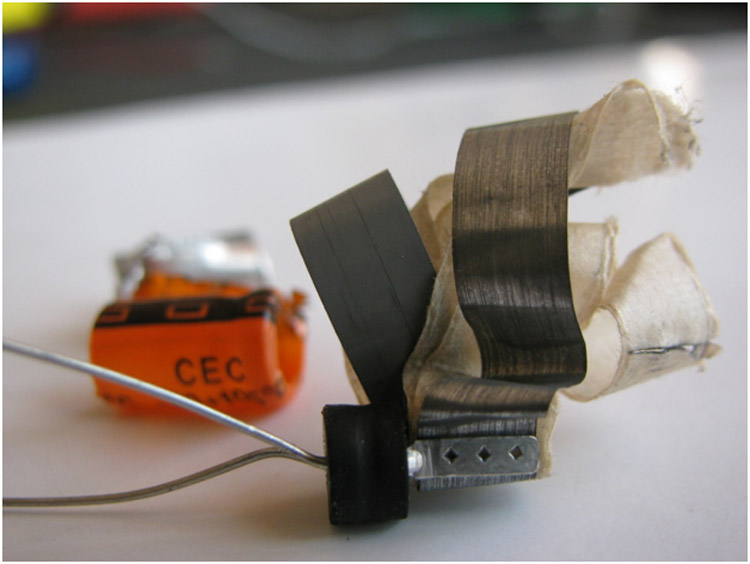
Fig. 5: Internal Architechure of Electrolytic Capacitor
Now, you can see that the plates are directly connected to the legs of capacitor and a rubber stand is used to hold these plates.
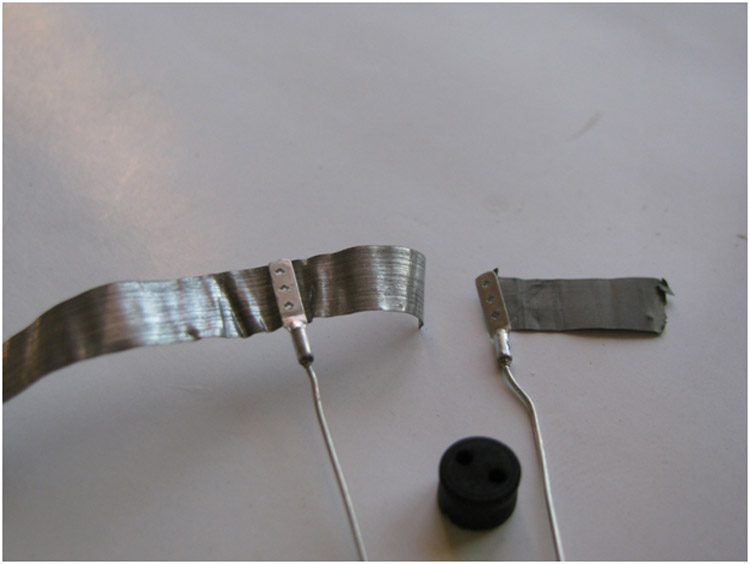
Fig. 6: Complete Assembly of Electrolytic Capacitor with Plates and Metal Electrodes
Lastly to summarize the building block of a capacitor includes a pair of metal plates, thin rods, a dielectric, a rubber stand, a metal container and a plastic covering.
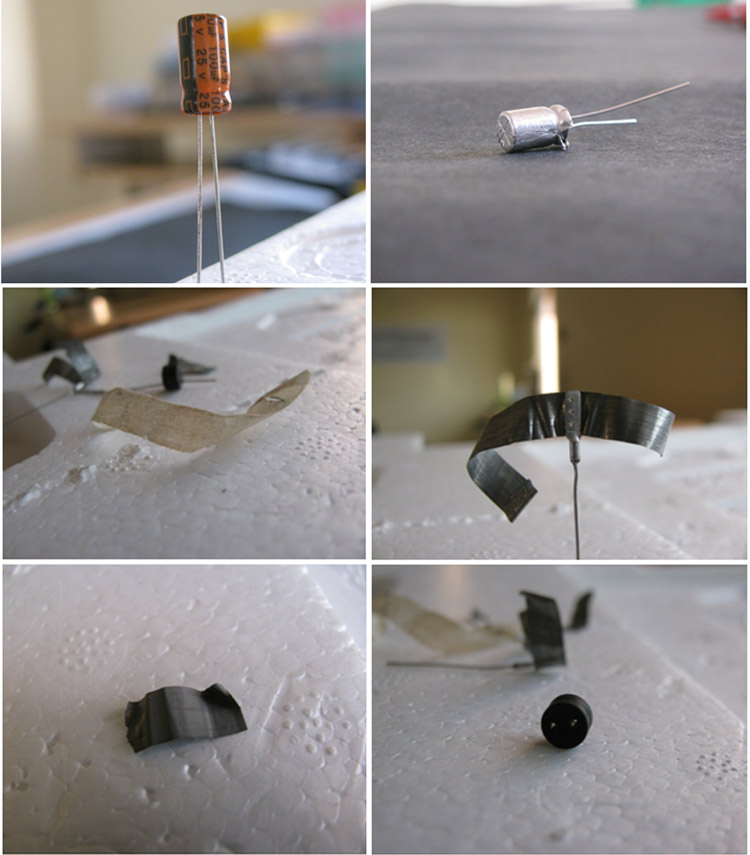
Fig. 7: Overview of all Parts in Simple Electrolytic Capacitor
Filed Under: Insight


Questions related to this article?
👉Ask and discuss on EDAboard.com and Electro-Tech-Online.com forums.
Tell Us What You Think!!
You must be logged in to post a comment.